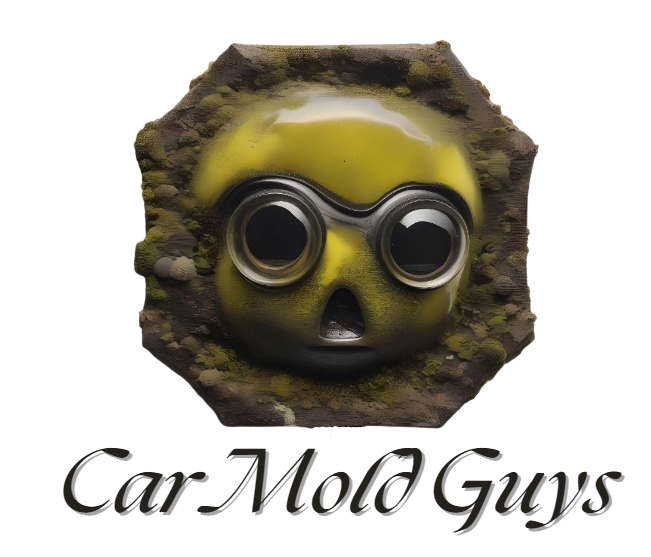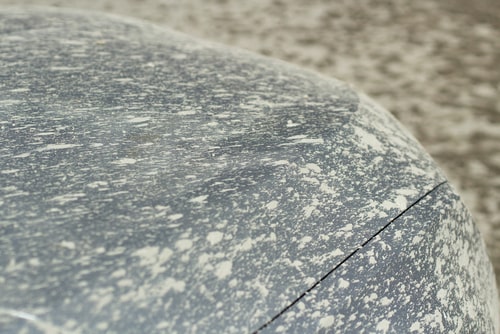Concrete is difficult to remove from car paint because it is a highly adhesive and abrasive material. When concrete or cement splatters onto a car’s surface, it tends to adhere strongly, and its composition can make it challenging to remove without causing damage. Here are a few reasons why concrete is hard to remove from car paint:
-
Adhesion: Concrete has adhesive properties, meaning it sticks well to surfaces. When it comes into contact with the car’s paint, it bonds to the surface, making it difficult to dislodge.
-
Abrasive Nature: Concrete is a mixture of cement, sand, gravel, and water. The sand and gravel components can be abrasive, posing a risk of scratching or damaging the paint when attempting to remove it.
-
Chemical Reaction: Concrete can undergo a chemical reaction with the clear coat of the car’s paint. This reaction can cause the concrete to bond more strongly with the paint, making it even more challenging to remove.
-
Drying Time: If the concrete has had time to dry and cure on the car’s surface, it becomes more resistant to removal. Fresh concrete is generally easier to deal with than hardened or cured concrete.
To minimize the risk of damage to the car’s paint, it’s crucial to use gentle and appropriate methods for removal. The use of harsh chemicals or abrasive materials can worsen the situation by causing scratches, swirl marks, or paint damage. DO NOT USE A CLAY BAR TO REMOVE CONCRETE. A clay bar will scratch up the car paint significantly!

